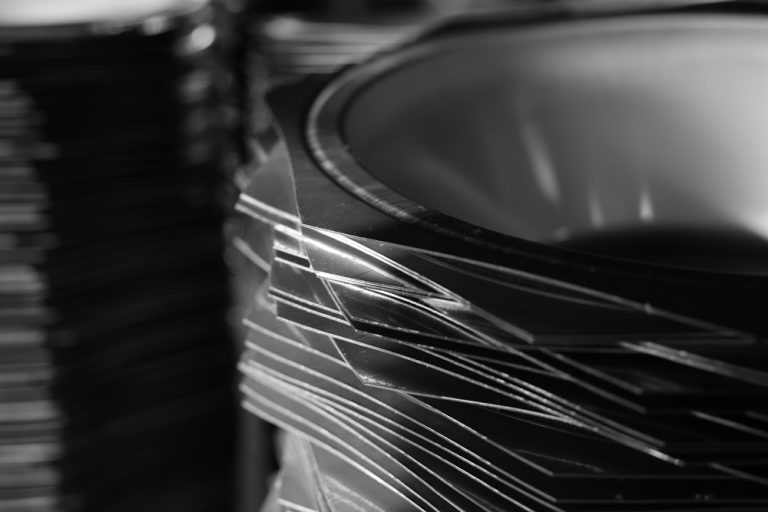How do you brake using your car engine?

How do you brake using your car engine?
When driving and you want to reduce your speed, you have 2 ways of doing so: using your brakes, which produce friction between the brake pads and brake discs, or braking using your engine.
Do you know what the “keep in low gear” warning sign means? This warning can usually be seen when driving on steep roads.
In this article, we’ll be explaining what the “keep in low gear” warning means, how to brake using your engine, and some precautions you should take when doing so. Keep reading!
Braking using your car engine
Drivers often brake using their engine when driving down steep slopes at high speeds.
A great option so as to prevent a car’s brake disks from overheating, braking using your car engine is effective but does require some care.
What is engine braking?
According to IMT, engine braking means reducing the speed by decelerating the engine. This procedure consists of reducing the gears in the gearbox in order to reduce the speed of the vehicle.
A simple example is when we are driving on a hilly road and we downshift from 5th gear to 4th gear. This downshift will increase engine revs but will slow the car down.
So how do you break with the engine running? Find out the answer in the next section.
How do you brake using your car engine?
To brake using your engine, press down on the clutch and switch down gears. This procedure will increase your car’s engine revolutions and make your driving safer.
To brake using an automatic car’s gearbox, the procedure is the same without having to press down on the clutch.

When should I brake with the engine?
There are countless situations in which engine braking is recommended. If you often drive on mountain or hilly roads in Portugal, you’ll see several signs warning you to “keep in low gear”. Let’s look at some specific examples:
-
Long trips encompassing steep slopes
On long trips along steep slopes, your handbrake, foot brake, and engine braking complement each other and should therefore be used together.
As mentioned above, excessive use of your foot brake can lead to your car’s disc brakes overheating and your entire braking system undergoing unnecessary wear.
-
When approaching bends
When approaching a bend in the road, you’ll be able to ensure greater stability of your vehicle if you switch down gears, therefore keeping you safer.
-
Wet road surface
When driving on wet roads, a few precautions should be taken to ensure you keep control of your vehicle and don’t risk aquaplaning. Keeping your car in a low gear in extreme circumstances means you face a lower probability of your car skidding.
-
Emergency braking
If your brakes fail for any reason, you should brake with the engine as an emergency solution.
What are the advantages of engine braking?
- Increased driving safety due to increased control over the vehicle
- Increased driving stability
- Safer and more efficient braking by assisting the disc brakes
- Reduced wear and tear on the braking system
- Reduced emission of harmful particles into the atmosphere
- Saving fuel, as the fuel supply is suspended in the process

What are the disadvantages of engine braking?
- Considerable increase in engine revs
- Increased strain on the engine block
- Wheels can lock if it is done incorrectly
- Increased wear on the transmission in the long term
- Longer-term wear on the transmission engine and gear box
What care should you take when engine braking?
Release the clutch pedal gently
To avoid excessive wear of components such as your car’s gearbox, engine, and clutch, you should apply engine braking by gently releasing the clutch.
Remember that this procedure puts a lot of pressure on the engine. As such, doing so carefully is essential for the proper long-term functioning of any car engine.
Do not brake when your engine has a high rev count
If your engine is already operating with a high rev count, you should not switch down gears even further.
Now that you know what the “keep in low gear” sign means, you can drive safer than ever, thanks to this technique.
Interested in finding out more about the world of all-things cars? Then follow us on Facebook and keep up with our daily content.
![]()

2 thoughts to “How do you brake using your car engine?”
Leave a Reply Cancel reply






Is the loud sound that comes from the engine normal when you engine break?
Dear Alex,
Appreciated for your feedback.
When braking with the engine the rotation level increases and consequently noise as well.
Keep following our KROFtools blog posts and if you have any questions don’t hesitate in contacting us at info@kroftools.com, or through the social media platforms.
Best,
The KROFtools team